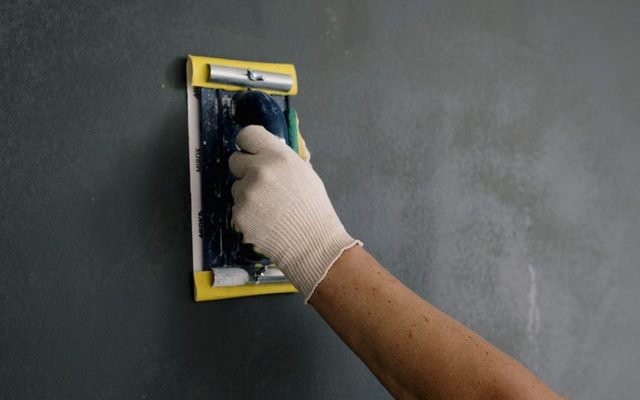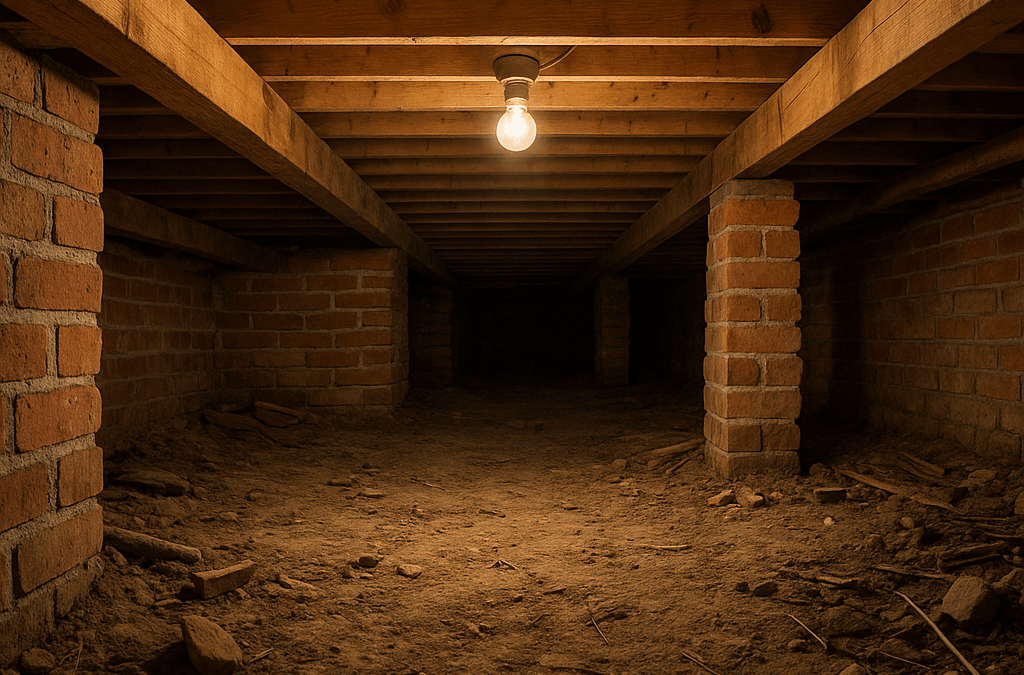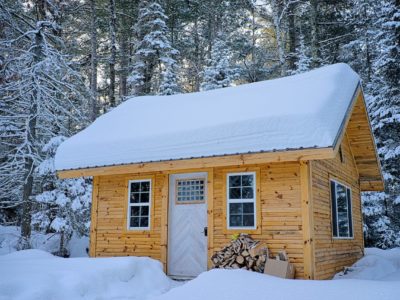
At the moment you want to use paint, it is of course important that you have an even surface that you can paint over. This can ensure that the paint adheres better to the surface. This also prevents unsightly spots in the paint.
If you are going to paint wood, leveling the surface involves sanding it down and removing the dust. With a wall, however, it is important to make it even. It is possible to do this by using filler.
However, using putty can be tricky. This is because there are different types of putty that you can use. It is important to have the right putty for each situation. This makes it possible to get an even wall that can also be painted well. That is of course what you are looking for.
What exactly is putty?
Putty for many people is not something they have much experience with. This is why many people wonder what putty exactly is. Fortunately, this is easy to explain. Putty is a soft substance that can be used to seal holes in walls and wood. Putty ensures that the surface can be made even so that everything can be neatly painted again.
If you start looking for ways to seal holes in a wall, you will soon come across putty and filler. This is because the internet often says filler as well. It can be very confusing to see this. This is because putty is theoretically also a filler. However, this is a little different in practice.
Putty is especially suitable for shallow holes and cracks. You have to think of holes and cracks of about one millimeter deep. When you have deeper holes, it is possible to use filler. However, you will need to apply several layers of filler. This can be a big disadvantage.
Filler is very suitable for deeper holes and cracks. This is what filler is specifically designed for. Therefore, if you are wondering what is the difference between these two, you will soon find out.
Different types of putty
It sounds pretty easy to just go to a paint store and get some putty here. However, it is not that simple. This is because there are different types of putty to choose from. This is because the manufacturers of the putty have developed different types of putty for different surfaces.
It is important to make sure that you have a putty that is a good match for the surface that you have. This is because it ensures that you get the best results from the putty. For this reason, putty can also be divided into five different groups.
Alkyd putty
The first form of putty is alkyd putty. Over the years, this form of putty has become less and less popular to use. This is mainly because there are several alternatives on the market that work much better than alkyd putty. As a result, people are opting less and less for alkyd putty.
The advantage of alkyd putty is that it is relatively simple to use. This is because you don't have to mix anything. However, there are also some disadvantages. For example, there is a relatively long drying time compared to the options. Furthermore, alkyd putty shrinks during drying. This causes you to need several layers of the putty for good coverage.
Polyester putty
The second form of putty is polyester putty. This is a form of putty that has a short drying time. It is possible to sand the putty after only 30 minutes. However, this also has a number of disadvantages.
For example, polyester putty absorbs moisture quickly. This is something that can cause problems later on after painting. At some point the putty wants to get rid of the moisture again. This is why it is important to handle this putty in the right way.
Epoxy putty
For a good middle ground, epoxy putty is often used. This is putty that consists of two components. It is actually a kind of universal putty that is used mainly by handymen. There are few disadvantages to using epoxy putty. The only disadvantage is that epoxy putty has a fairly long drying time, just like alkyd putty.
However, here you do have the advantage that epoxy putty does not tend to shrink. However, it is a fairly flexible putty. This ensures that epoxy putty can be used for everything. However, it remains important to ensure that the epoxy putty is used in the right way.
Epoxy putty is usually sensitive to water. This ensures that the putty can really only be used indoors. Fortunately, it is easy to use by keeping a ratio of one to one. That way you always have the right ratio.
Paint Filler
One of the most commonly used forms of putty is paint putty. This is because paint putty is intended to cover small irregularities in a wall. This putty is mainly used between two coats of paint. Paint putty is user-friendly and is also popular among the users of putty.
The disadvantage of lacquer putty is that it takes a fairly long time before the putty is completely dry. You have to wait between 8 and 16 hours before you can start painting. It is also possible to use quick filler. However, this is only suitable for paint layers older than 6 months.
Acrylic Putty
Acrylic putty is also a fairly popular form of putty. It is a type of putty that is simple to apply and dries quickly. Furthermore, the putty gives a relatively tight result. However, it is particularly suitable for small irregularities and holes.
Filling holes in the wall with putty
The moment you start filling the holes in the wall, it is important to do this in the right way. This ensures that you will not experience any problems during the filling. Therefore it is important to first look at what is needed to start.
By lining up everything you need, you can never find out during the puttying process that you still need something you don't have. Most people who putty use two putty knives. For example, a wide putty knife and a narrow putty knife are used. The wide putty knife holds a supply of putty and the small putty knife is used for lubricating the epoxy putty.
Applying epoxy putty is fairly easy. If you want to do this, it is important to have enough epoxy putty on the small putty knife. Next, you put this knife at a 45 degree angle against the wall. After this, the idea is to reduce the angle and pull the epoxy putty over the hole.
The moment there is excess epoxy putty, it is important to remove it immediately. If you want to start sanding, excess putty can cause problems. It is also important to apply several layers of putty. This is because epoxy putty can shrink quickly.
Applying filler outdoors
Despite the fact that it is not used that much, it is also possible to use putty outside. This can be useful to make use of in many cases. For example, this can be useful if you want to paint an uneven fence. Also, you may want to have the outside of your house plain to paint over.
Outside, there are several ways to apply putty. However, it is not always convenient to do so. This is because not every putty is equally suitable for outdoor use. Especially putties that are sensitive to water cannot be used outside. This is because you will get problems with the paint.
The moment you paint over a putty that has absorbed some water, the water comes out quickly. Often this happens when you have just finished painting. In most cases this means you have to start all over again. For this reason it is better to choose a more convenient form of filler for outdoor use.
You can find several types of putty that are specifically designed to be used outside. The moment you want to use putty outside, it is important to arrange for an outside putty. Here you have certainty about the quality of the putty. The putty is also good to use for the different possibilities you have outside. That is of course what you want.










